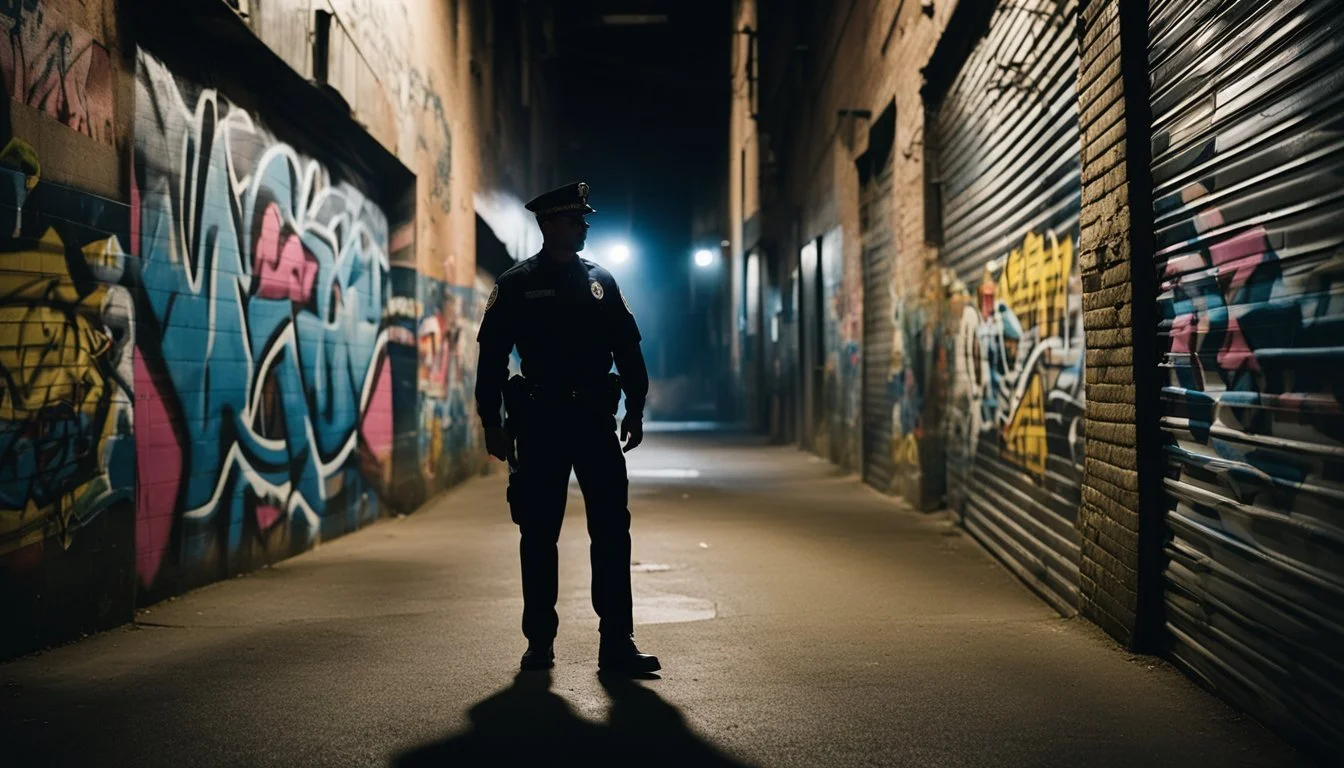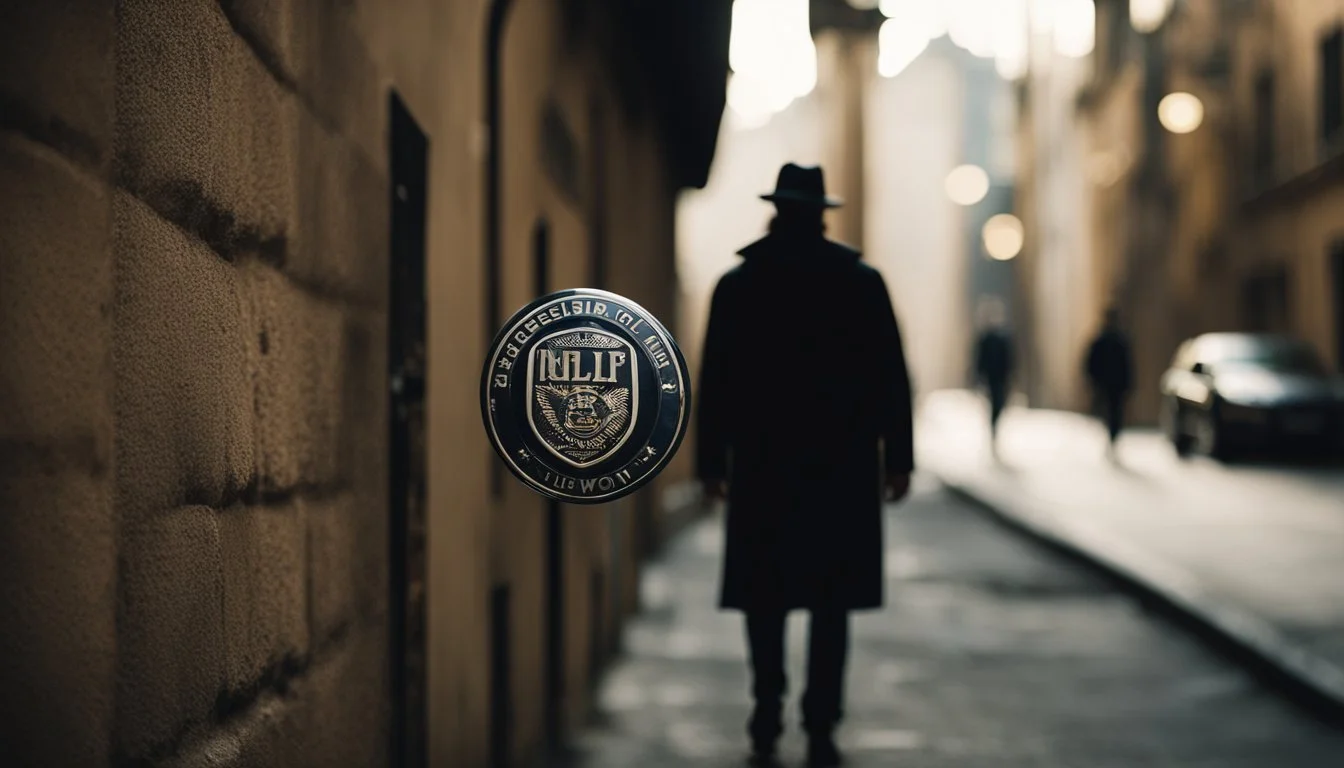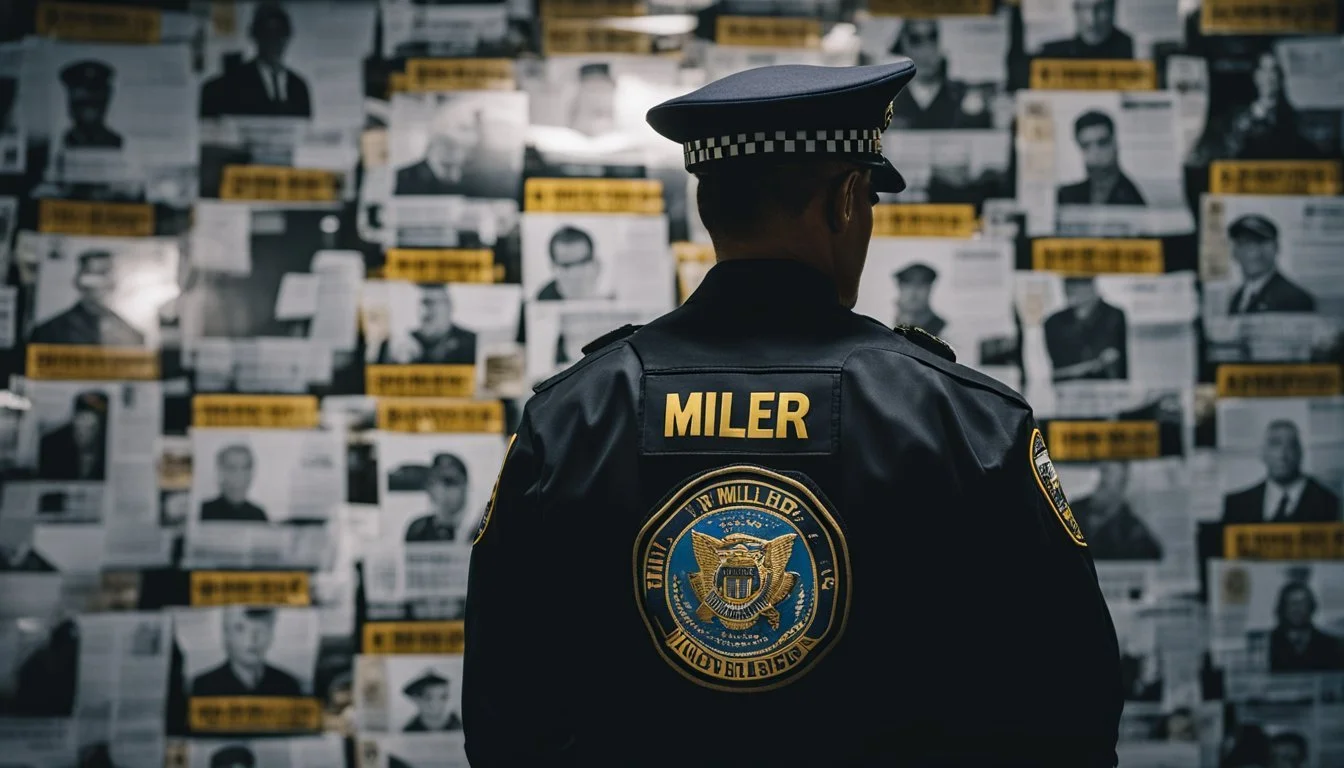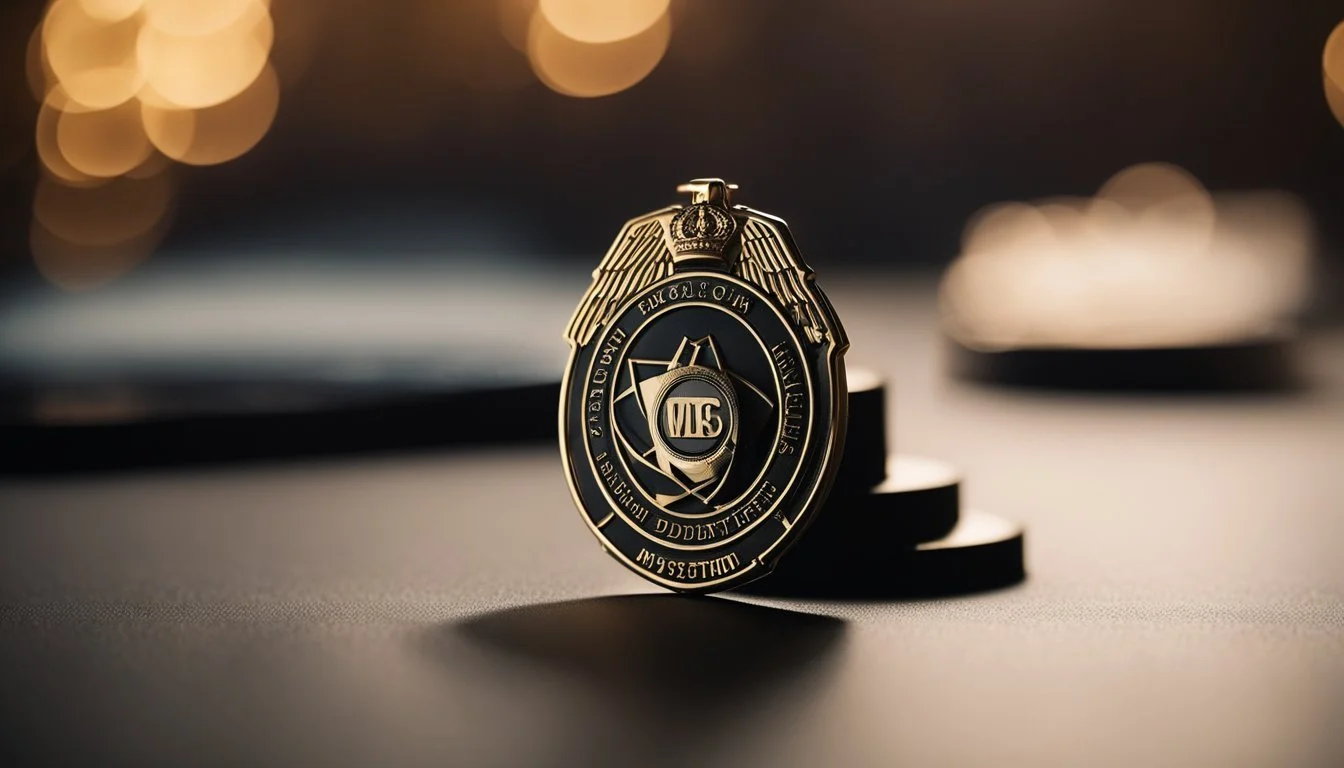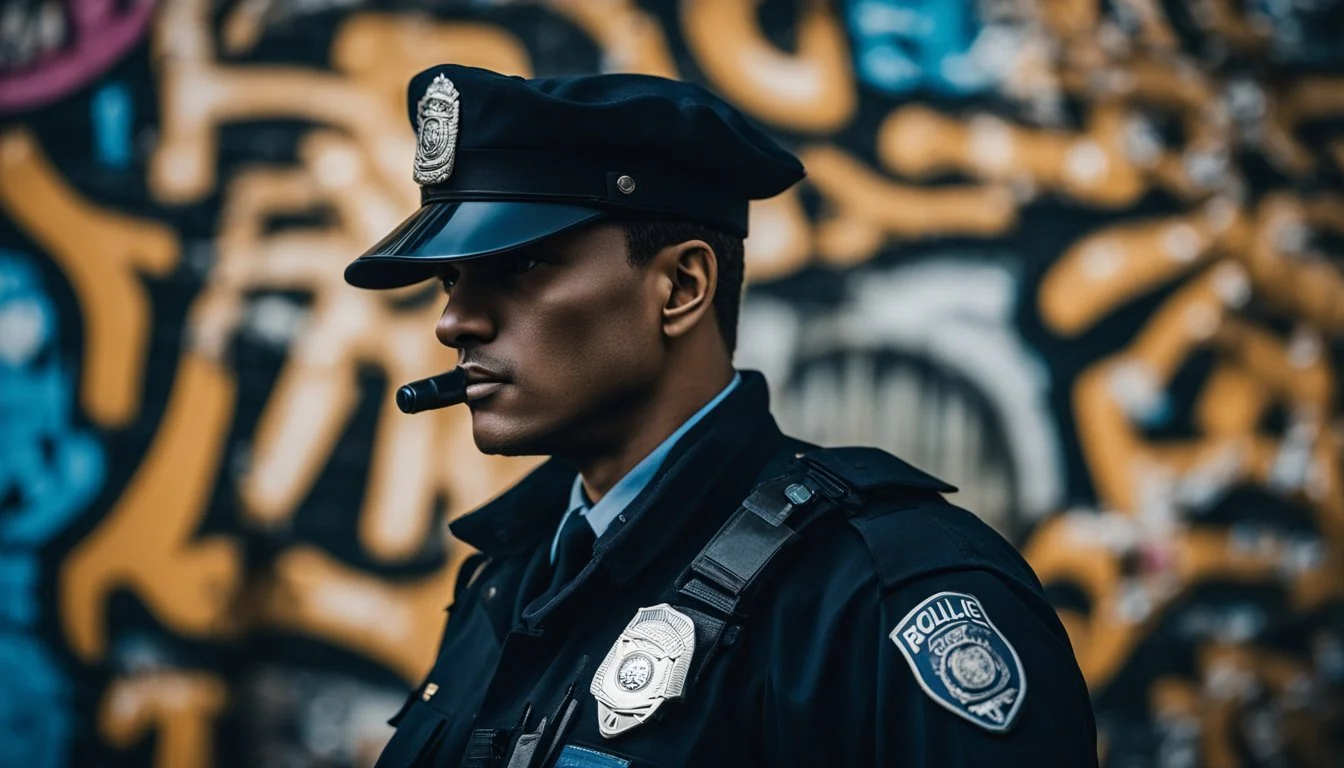7 Controversial Films on Jim Miller
Killer with a Badge - Exploring the Dark Legacy of a Corrupt Officer
James "Killin' Jim" Miller was a notorious figure in the American Old West, known for his deadly reputation as a gunfighter and contract killer. Despite his violent profession, Miller maintained a facade of respectability, attending church regularly and abstaining from alcohol and tobacco. This dichotomy between his public persona and murderous activities has fascinated historians and filmmakers alike.
Several controversial films have attempted to capture the complex and contradictory nature of Jim Miller's life and crimes. These movies explore the duality of a man who wore a badge as a lawman while simultaneously operating as a ruthless assassin. By dramatizing Miller's story, filmmakers have grappled with themes of morality, justice, and the blurred lines between law and lawlessness in the Wild West.
1) The Jim Miller Story: A Deep Dive
Jim Miller, known as "Killer Miller" or "Deacon Jim," was one of the most notorious gunmen of the Old West. Born in 1861, Miller gained a reputation as a deadly assassin and lawman.
Despite his pious appearance and abstinence from alcohol and tobacco, Miller was responsible for numerous murders. Estimates of his victims range from 12 to 50, though the exact number remains uncertain.
Miller's career included stints as a Texas Ranger and a law officer. However, he primarily worked as a hired killer, accepting payment to eliminate rivals and enemies for his clients.
His preferred method was ambush with a shotgun, often wearing a long black coat to conceal his weapon. Miller's calm demeanor and churchgoing habits contrasted sharply with his violent profession.
In 1909, Miller was arrested for the murder of a U.S. Marshal. Before he could stand trial, a mob broke into the jail and lynched him, ending the career of one of the Old West's deadliest assassins.
2) Killer with a Badge: The Life of Jim Miller
Jim Miller, born in 1861, lived a life of stark contrasts. Known as "Killer Miller" and "Deacon Jim," he balanced a public persona of religious devotion with a secret career as a ruthless assassin.
Miller's criminal activities began early. He was suspected of murdering his grandparents as a teenager, though he escaped conviction. This set a pattern for his life - evading justice while leaving a trail of bodies.
As an adult, Miller worked as a lawman and Texas Ranger. He used these positions to gather intelligence and build connections that aided his illicit activities. Behind his badge, Miller was a gun for hire, taking contracts to eliminate rivals and inconvenient witnesses.
Estimates of Miller's victims range from 12 to over 50. He was known for his distinctive style - wearing a long black coat and killing with a shotgun at close range. His tactics were cold and calculating, often befriending targets before striking.
Miller's luck ran out in 1909. After killing a prominent rancher, he was captured by an angry mob in Oklahoma. Despite his pleas, Miller was lynched alongside three accomplices, bringing an end to his violent career.
3) The Courthouse Assault
"The Courthouse Assault" (1998) depicts a dramatic episode in Jim Miller's career as a lawman turned outlaw. The film portrays Miller's brazen attack on a Texas courthouse to free his brother-in-law from custody.
Set in 1894, the movie shows Miller recruiting a gang of outlaws to storm the building. They engage in a fierce gunfight with local deputies, resulting in multiple casualties on both sides.
The film highlights Miller's tactical skills and ruthlessness, as he methodically plans and executes the assault. It also explores the moral ambiguity of his actions, as he claims to be defending family while endangering innocent lives.
Critics praised the intense action sequences and the portrayal of Miller as a complex antihero. However, some historians have questioned the accuracy of certain details depicted in the film.
"The Courthouse Assault" remains a controversial portrayal of Miller, blending historical events with Hollywood dramatization. It sparked renewed interest in the infamous gunman's life and legacy.
More information on Jim Miller
4) The Legend of Deacon Jim
Jim Miller's notorious reputation inspired several films that explore his dual nature as a pious churchgoer and ruthless killer. These movies often depict Miller's clean-cut appearance and religious facade, contrasting sharply with his violent actions.
"The Last Man Standing" (1996) features Christopher Walken as a character loosely based on Miller. The film portrays a mysterious gunman who attends church regularly while carrying out deadly contracts.
"Appaloosa" (2008) includes a character named Randall Bragg, partly inspired by Miller. Ed Harris directs and stars in this Western that showcases a villain who maintains a respectable public image while engaging in criminal activities.
"The Killer Inside Me" (2010) draws inspiration from Miller's story. Although not directly based on him, the film explores themes of hidden violence beneath a polite exterior, mirroring Miller's reputation.
These films capture the fascination surrounding Jim Miller's legend, depicting a man who seamlessly blended religious devotion with a ruthless profession. They highlight the complexity of Miller's character and the enduring intrigue of his story in popular culture.
5) Mystery of Miller's Murders
Jim Miller's life as a hired assassin remains shrouded in mystery. Known as "Killer Miller" or "Deacon Jim," he gained notoriety for his calm demeanor and ruthless efficiency.
Miller's exact kill count is uncertain. He claimed to have murdered around 50 people, though official records attribute only 8 confirmed killings to him.
His methods were precise and calculated. Miller often used a shotgun for his assassinations, preferring to ambush his targets from concealed positions.
Despite his violent profession, Miller maintained a respectable public image. He abstained from alcohol and tobacco, regularly attended church, and was known for his polite manners.
The true extent of Miller's criminal activities may never be known. His ability to blend into society and evade justice for years has made him a subject of fascination for historians and true crime enthusiasts alike.
6) The Shadowy Figure of Law Enforcement
Jim Miller's complex relationship with law enforcement is explored in several controversial films. These portrayals highlight the blurred lines between lawman and outlaw in the Old West.
"Badge of Betrayal" (2017) depicts Miller's time as a Texas Ranger, showing how he used his position to carry out murders under the guise of official duty. The film raises questions about corruption within early law enforcement agencies.
In "Double-Crossed Deputy" (2019), Miller's tenure as a deputy sheriff in Pecos, Texas takes center stage. It examines how he balanced his public persona with his secret life as a hired killer.
"The Methodist Marshal" (2021) focuses on Miller's stint as city marshal of Pecos. The film contrasts his outward appearance as a pious, non-drinking lawman with his ruthless nature as an assassin.
These films challenge viewers to consider the complexities of frontier justice and the sometimes thin line between enforcers of the law and those who operated outside it.
7) Outlaw Turned Deputy: Jim Miller's Tale
Jim Miller, born in 1861, led a life of contrasts. He gained notoriety as a ruthless assassin in the Old West, yet maintained a facade of respectability.
Miller's criminal career began early. He allegedly murdered his grandparents at age eight, foreshadowing his violent future.
Despite his dark reputation, Miller served as a lawman in Texas. He worked as a deputy sheriff and city marshal, using his badge to further his criminal activities.
Miller's double life allowed him to operate with impunity. He attended church regularly and abstained from alcohol and tobacco, cultivating an image of a pious family man.
His career as a contract killer spanned decades. Miller assassinated numerous individuals, including lawyers and law enforcement officers who stood in his way.
Miller's final act of violence occurred in 1909 when he murdered Gus Bobbitt, a former U.S. Deputy Marshal. This crime led to his arrest and eventual lynching by vigilantes in Ada, Oklahoma.
Learn more about Jim Miller's life
Background of Jim Miller
Jim Miller, known as "Killer Miller" or "Deacon Jim," was a notorious outlaw and gunfighter in the American Old West. His life was marked by violence and contradictions, as he balanced a pious public image with a murderous reputation.
Early Life and Career
Born on October 25, 1861, in Van Buren, Arkansas, James Brown Miller grew up during the tumultuous Civil War era. Contrary to popular legend, Miller was not orphaned as a child and did not murder his grandparents.
He moved to Texas in his youth, where he began his criminal career. Miller gained a reputation for violence early on, with some accounts suggesting he committed his first murder as a teenager.
Despite his violent tendencies, Miller cultivated an image of respectability. He regularly attended Methodist church services and abstained from alcohol and tobacco, earning him the ironic nickname "Deacon Jim."
Rise in Law Enforcement
Miller's career took an unexpected turn when he entered law enforcement. He served as a deputy sheriff in Texas and later as a city marshal in Pecos.
His position in law enforcement provided cover for his criminal activities. Miller used his badge to carry out contract killings and other illegal acts with relative impunity.
During this time, Miller honed his skills as a gunfighter. He became known for his accuracy with firearms and his cold, calculating approach to violence.
Miller's dual life as a lawman and killer-for-hire made him one of the most feared and controversial figures in the Old West. His ability to maintain a respectable facade while engaging in brutal crimes added to his notoriety.
The Controversial Films
Jim Miller's complex life as a lawman and outlaw has inspired several controversial films. These movies often blur the line between fact and fiction, shaping public perception of this infamous figure.
Film Portrayal Versus Reality
Jim Miller's on-screen depictions often exaggerate his exploits. "Badge of the Killer" (1987) portrays Miller as a ruthless assassin, emphasizing his alleged 12 gunfight kills. This film takes liberties with historical accuracy, dramatizing shootouts for cinematic effect.
"The Methodist Murderer" (1995) focuses on Miller's religious facade, showing him attending church between contract killings. While based on real aspects of Miller's life, the movie amplifies the contrast for shock value.
"Deacon's Justice" (2003) presents a sympathetic view of Miller as a misunderstood antihero. This interpretation sparked debate among historians and Miller's descendants about the ethical implications of glorifying a known criminal.
Impact on Public Perception
These films significantly influenced public opinion about Jim Miller. "Killer with a Badge" (1991) sparked renewed interest in Miller's life, leading to increased tourism in areas associated with his activities.
The controversial portrayal in "Lawman's Sin" (2000) led to heated discussions about the ethics of law enforcement in the Old West. This film's depiction of corruption within the Texas Rangers prompted calls for historical reexamination.
"The Last Hanging" (2010) focused on Miller's execution, stirring debate about vigilante justice. Its graphic scenes and moral ambiguity divided critics and audiences, yet it brought attention to this often-overlooked historical event.
Legal and Ethical Implications
The films depicting Jim Miller raise complex legal and ethical questions about law enforcement corruption and the blurred lines between justice and criminality. These portrayals challenge viewers to examine the moral boundaries of those sworn to uphold the law.
Legal Controversies
Jim Miller's dual roles as lawman and outlaw sparked significant legal controversies. His badge provided cover for criminal activities, complicating prosecutions. Films explore how Miller manipulated the justice system, using his position to avoid consequences.
Some portrayals examine the challenges of building cases against corrupt officers. They highlight issues of evidence tampering, witness intimidation, and the "blue wall of silence."
Movies also depict the jurisdictional conflicts that arose from Miller's crimes spanning multiple states and territories. This raises questions about coordination between law enforcement agencies in the Old West.
Ethical Questions Raised
The films probe ethical dilemmas faced by those aware of Miller's crimes. They examine the moral responsibility of fellow officers who remained silent or even aided his illicit activities.
Depictions often explore the ethics of vigilante justice in response to Miller's actions. Some portray citizens taking matters into their own hands when the legal system failed.
The movies question whether Miller's church attendance and abstinence from alcohol were genuine or merely a façade. This forces viewers to consider the nature of morality and hypocrisy.
Ethical debates in the films extend to Miller's eventual lynching. They ask if mob justice can ever be justified, even against a notorious killer who repeatedly evaded legal consequences.


